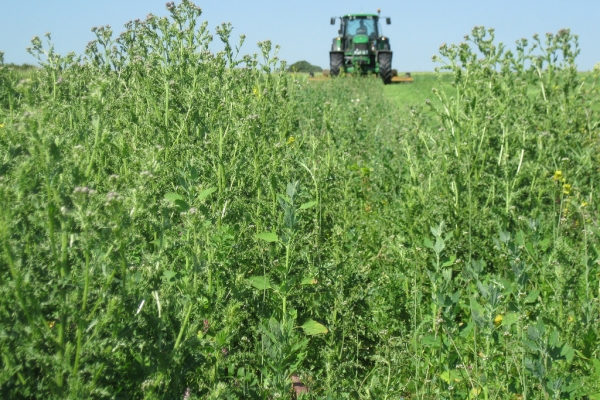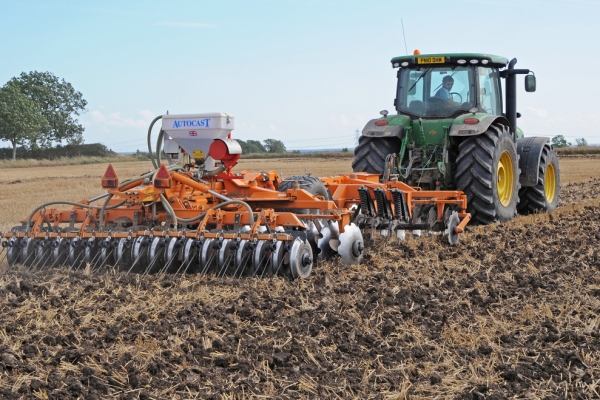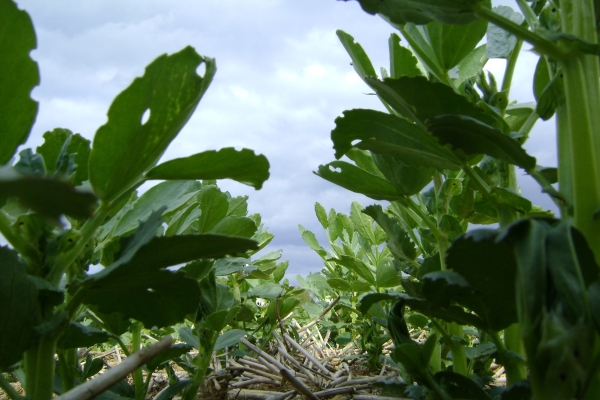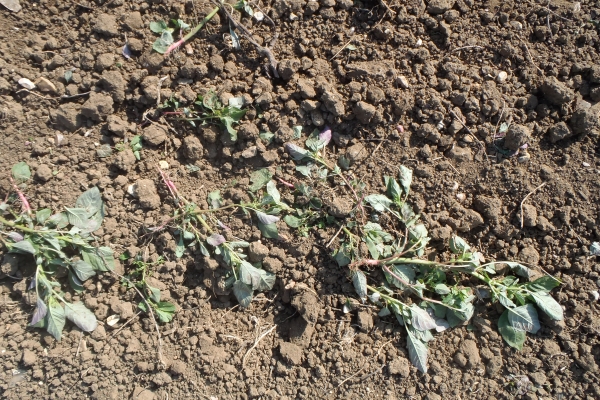Reduced till – is it a viable option for organic systems?
Resource explained
Tillage is an important part of weed control. This leaflet, produced by Garden Organic (formerly HDRA) as part of the Organic Weed Management Project, OF0315, looks at potential benefits and problems with using reduced tillage in organic systems and how it impacts on weed control. It covers a little of the history of using it in the UK, factors organic farmers need to consider (which factors favour adopting reduced till and those which indicate it is less likely to be suitable), and a few tips on how to proceed if it appears to be a good option for your farm.
Findings & recommendations
- Potential benefits of using reduced tillage include higher work rates, lower fuel use, soil organic matter concentrated in the surface layer of soil, increased soil biological activity, and improved soil structure.
- Potential problems include soil can become compacted at depth, weed control can be a big problem (perennial weeds being the most problematic), pest and disease pressure can increase in some circumstances, and new machinery may be required.
- Non-inversion tillage generally provides poor weed control, rotational ploughing loses some soil quality benefits; shallow ploughing may provide a compromise.
- If reduced tillage appears to be an option on your farm, it is important to draw up a management plan with a particular emphasis on weed control and consider adjusting the system to make it more suitable for reduced till.
Header image credit: Garden Organic
Summary provided by:
Janie CaldbeckRelated articles
A fantastic resource providing detailed information to help you manage weeds in ways that will benefit your crops, soil and pollinators.
A report summarising results from a review which looks at the extent by which reduced tillage practices and organic material returns could increase the organic...
The impacts of reduced tillage methods on crop yield, fertility building and weeds; some key messages from the TILMAN-ORG project.
Video footage of a member of the TILMAN-ORG project outlining some of the problems and potential solutions associated with reduced tillage.
A leaflet looking at the possibility of using allelopathy in weed management.
A leaflet looking at the pros and cons of leaving land fallow in organic systems to help manage weeds,
![ohyf[1] ohyf[1]](https://agricology.co.uk/wp-content/uploads/2019/05/ohyf1-909x450.jpg)







